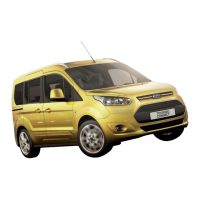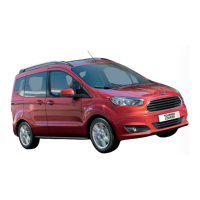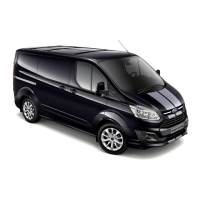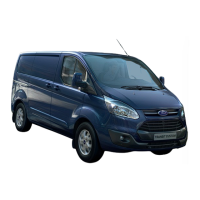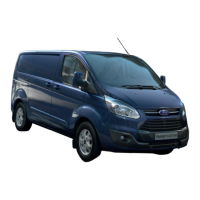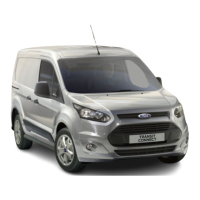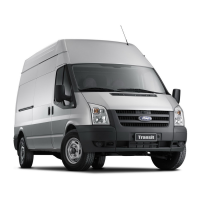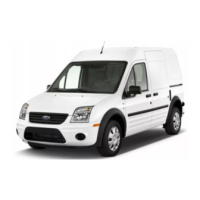with the technical requirements and speci-
fic
ations of the regulations (EC) 715/2007
and (EU) 2017/1151 as amended. The
standardised test procedures used permit
a comparison to be made between dier-
ent vehicle types and manufacturers.
European Directive 1999/94/EC
The fuel/energy economy, CO2 emissions
and electric range of a vehicle do not just
depend on the ecient utilisation of the
fuel by the vehicle, but also on the driving
style and other non-technical factors. CO2
is the greenhouse gas that is mainly re-
sponsible for global warming. A guideline
on fuel economy and CO2 emissions con-
taining the data for all new passenger car
models is available free of charge from all
sales points.
Fuel consumption values
Low Medium High Extra high Combined CO2 emis-
sions
l/100 km
(mpg)
l/100 km
(mpg)
l/100 km
(mpg)
l/100 km
(mpg)
l/100 km
(mpg)
g/km
9–7.9
(31–36
)
7.1–6.1
(40–46)
7.1–5.4
(40–52)
7.4–6.6
(38–43)
7.1–6.3
(40–45)
143–162
Diesel engines
2.0 l, 4-cylinder, EcoBlue, 55 kW, diesel engine
Engine overview
Power output kW 55 at 2,250–4,500 rpm
Engine code DTRF
Maximum torque Nm 250 at 1,375–2,000 rpm
Gearbox MG6
Maximum speed
km/h
Tourneo Connect L1 157
Tourneo Connect L1: weight ratings and
a
xle loads
Kerb weight
a)
kg 1,610–1,728
Gross vehicle weight rating kg 2,220–2,350
Gross front axle weight rating kg 1,130
Gross rear axle weight rating kg 1,130–1,270
a)
T
he exact weight can be found on the vehicle’s type plate → page 405 or safety certificate
→ page 405.
Tourneo Connect L1: maximum trailer
weights
Maximum trailer weight,
braked, gra
dients up to 12%
kg 1,300–1,400
Maximum trailer weight,
braked, gradients up to 8%
kg 1,500
Maximum trailer weight, un-
braked
kg 750
Diesel engines 409
2KF012720AB
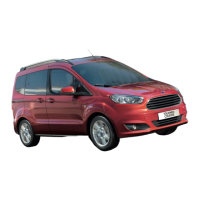
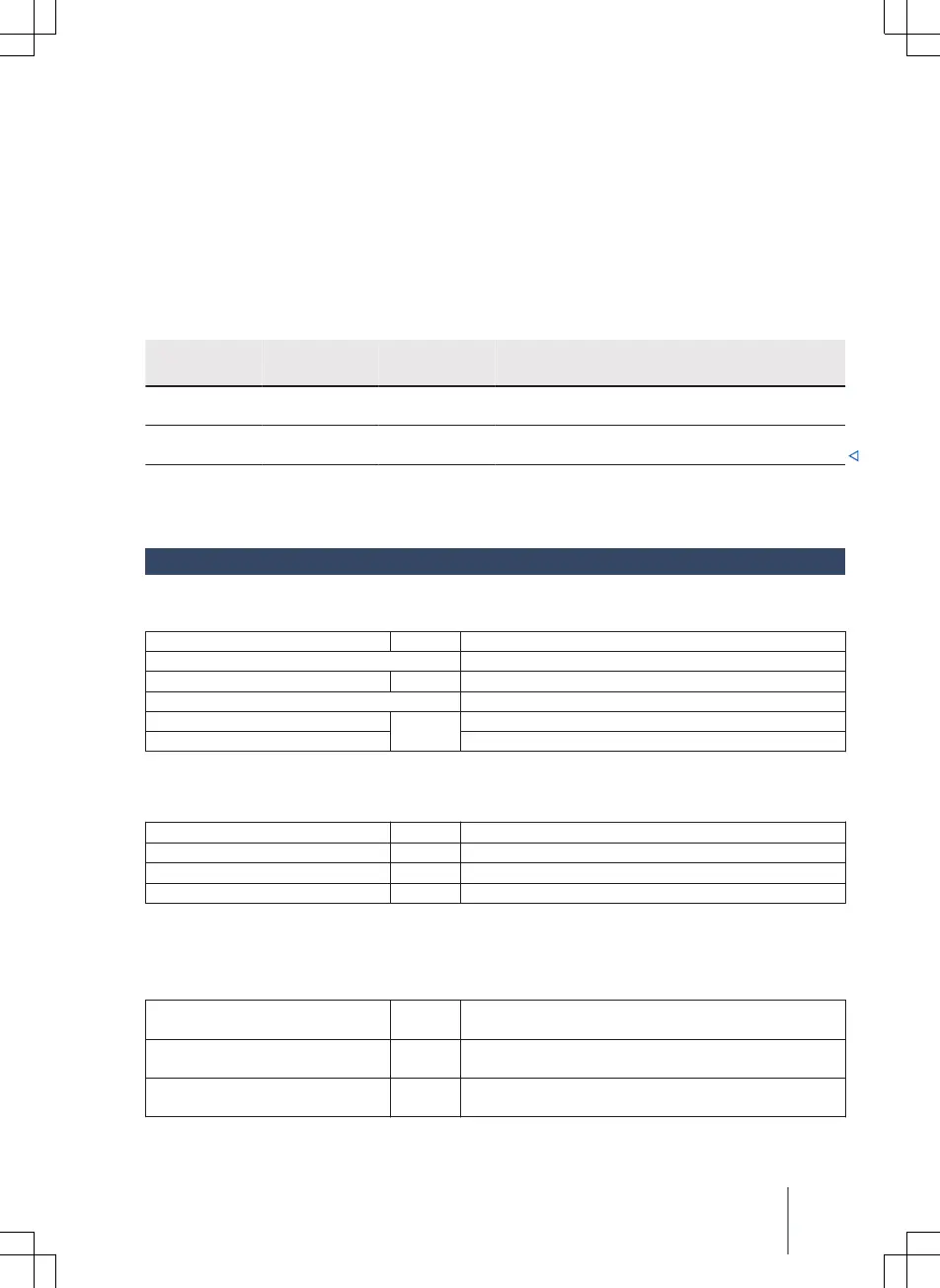